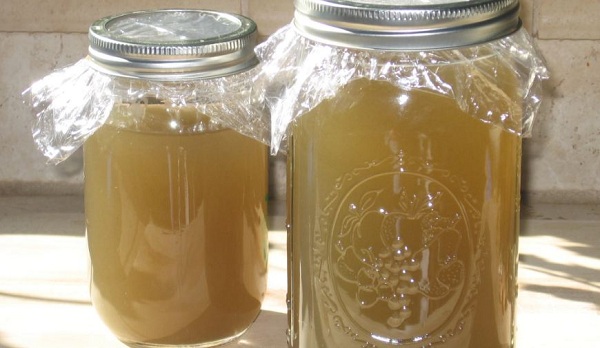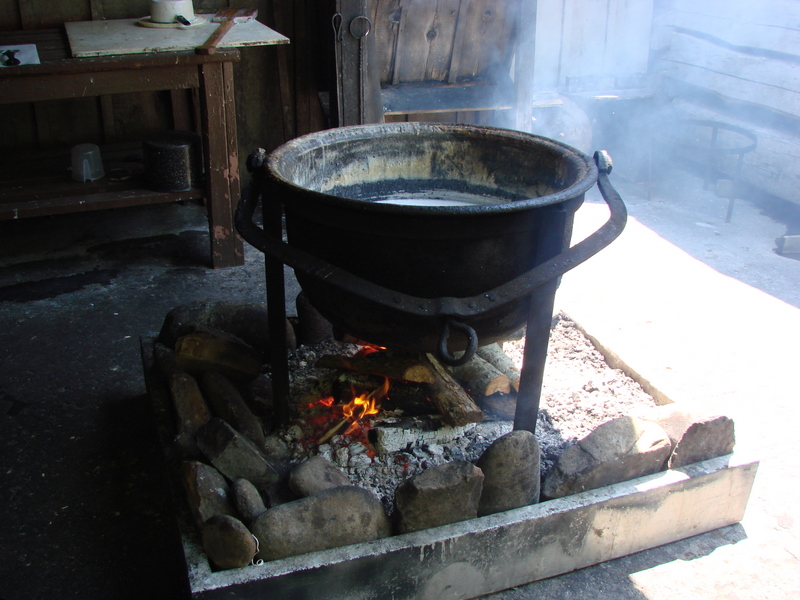There are a few things that you will need in order to get started.
Utensils
Large pot that is either stainless steel, glass or has a porcelain coating. Lye water will corrode aluminum.
• Long handle wooden spoon
• Wooden or plastic ladle
• Large glass jar
• Coffee filters, loose weave muslin or cheesecloth
• Rubber band
• Wooden skewer, chopstick, popsicle stick or something similar and a marking pen
• A raw egg
Ingredients
• Hardwood ashes
• Water1. In a well ventilated area, put the ashes and water into the pot and bring it up to a boil. You will need to stir almost continually. It’s important to stir carefully and not slosh the lye water. It’s not in near full strength form yet, but is still something to be respected. Once it reaches boiling, turn off the heat and let it sit until cool. I periodically stir mine while it’s cooling, but I’m not sure if that actually helps the strength of it or not.
2. When the mixture is cool, use a ladle (wooden or plastic) to carefully dip out the water in the top of the pot. Take care not to disturb the settled ashes too much and you won’t have a ton of junk to strain out later.
3. Place your coffee filter, muslin or cheesecloth over the mouth of a large jar (I use a gallon jar) and secure it with the rubber band. Make sure you have a significant amount of the filter hanging down inside the jar. Carefully ladle the lye water into the jar. You will have to ladle it instead of pouring because it will take a while to seep through, especially if using a coffee filter or piece of muslin.
4. Once you’ve filtered all the lye water and discarded the left over ash, rinse the pot out well and put the filtered lye water back in.
5. Using the stick, mark the height of the water, then mark a 1/2 way point and a 1/4 way point. You will need these markings to know when to test the strength of the lye.6. Simmer the lye water to reduce it, periodically checking the level with your marked stick. Once the water has been reduced to 1/4, carefully dip out a couple of cups and let it cool. Once the lye water is cool, use your stirring spoon to place the raw egg into the lye water. If the lye is the correct strength, the egg will float enough to have a quarter size spot of it above the water line.
There are many basic things we take for granted on a daily basis, but in a survival situation, they can come in handy not only for your own use but as an item to barter.
The best thing about this, however, is the knowledge of making it yourself that way should everything be thrown into the dark ages you have a skill not many will have which makes you an asset for any community.

To learn more about making and using lye, check out Live the Old Way.
Featured Image via Live the Old Way

Jenna